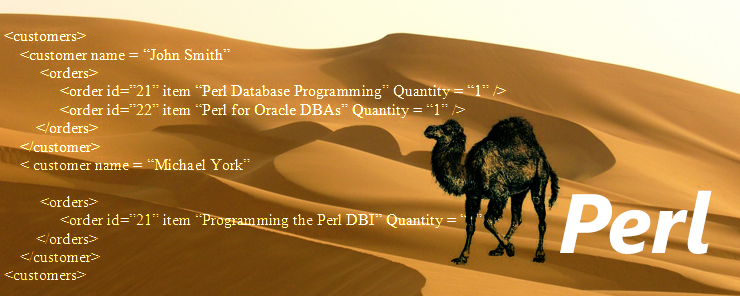Learn to Install and Use Padre IDE in Perl Programming
The Perl Application Development and Refactoring Environment (Padre) is a GUI IDE for Perl with the rich code editor and friendly interface. Padre is...
Learn the Basic Features of Perl Programming Language
After finishing the introduction and writing our first program, more hands-on are needed to get more familiar with Perl. In this article, we are...
Learn to Use grep Command in Perl Programming
How can we make Perl emulate the job of grep command-line tool in UNIX and Linux?
To solve the problem, we need first to know...
Learn about Subroutines in Perl Programming
What are Subroutines?
Subroutines (usually known as Functions in some other programming languages) are named blocks of code that achieve something, and are invoked (called)...
Learn the relation between Arrays and Strings in Perl Programming
Welcome to part two of the Arrays topic. In this article, we are going to talk about the relation between Arrays and Strings. In...
Learn about Scalar Variable in Perl Programming Language
In the previous article, we had a short introduction to Variables. The first of the three main types of variables supported by the Perl...
Learn more about Input and Output Operations in Perl Programming
Writing to File Example
We will be continuing what we started in the previous article. In this example, we are going to write a script that...
Learn about One Liners in Perl Programming
A One-Liner is a very short program that fits within one-line, and could do a job, usually done by longer programs. In this context,...
Learn Input and Output Operations in Perl Programming
Without being able to read dynamic inputs from the user, or to provide the processing results as output either to the screen or to...
Learn about Pattern Matching using Regular Expressions in Perl
Using Single-Character Constructs
In the last article, we have learned how to use the simple (literal) patterns. A pattern like /Ahmed/ will match only strings...












